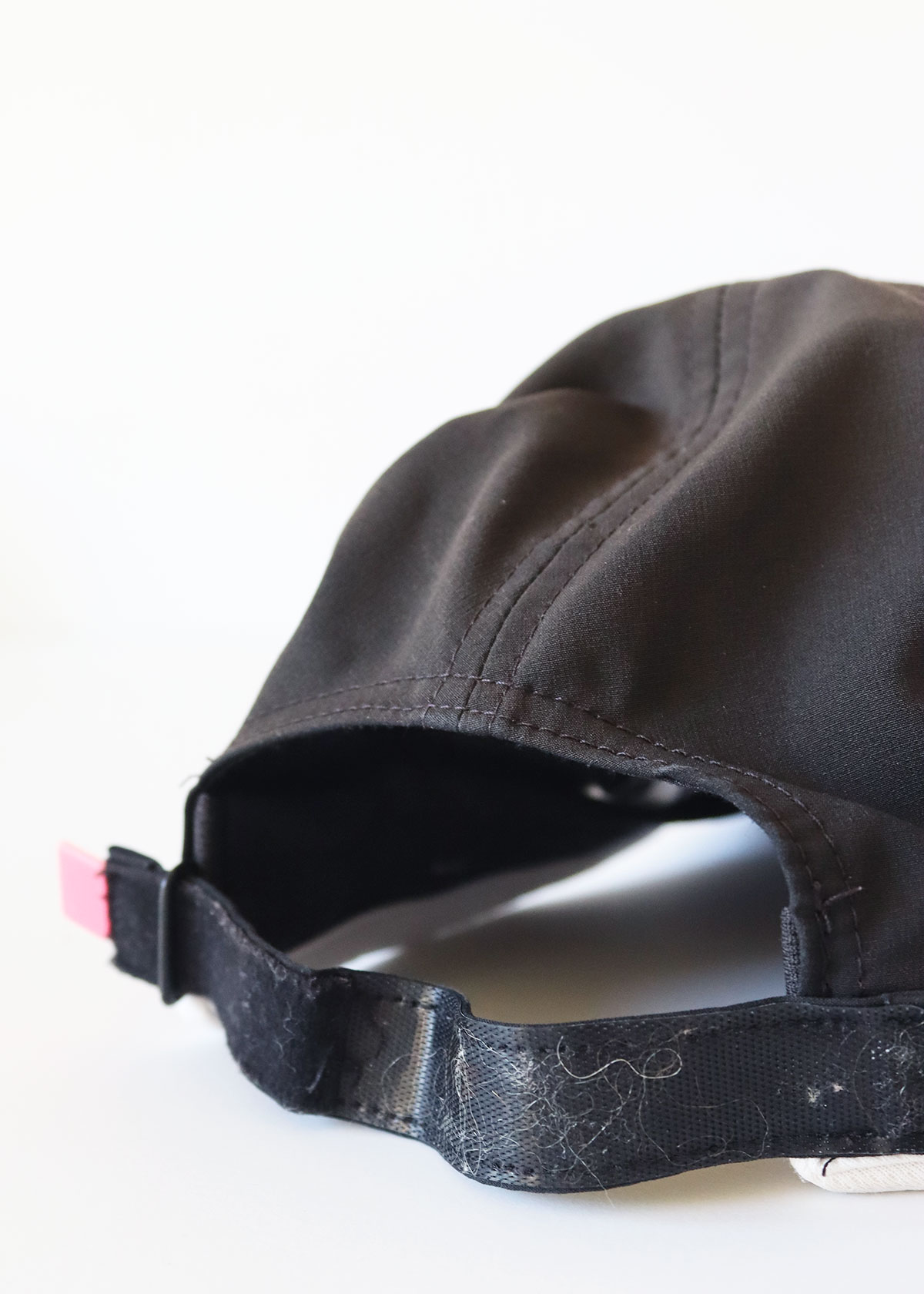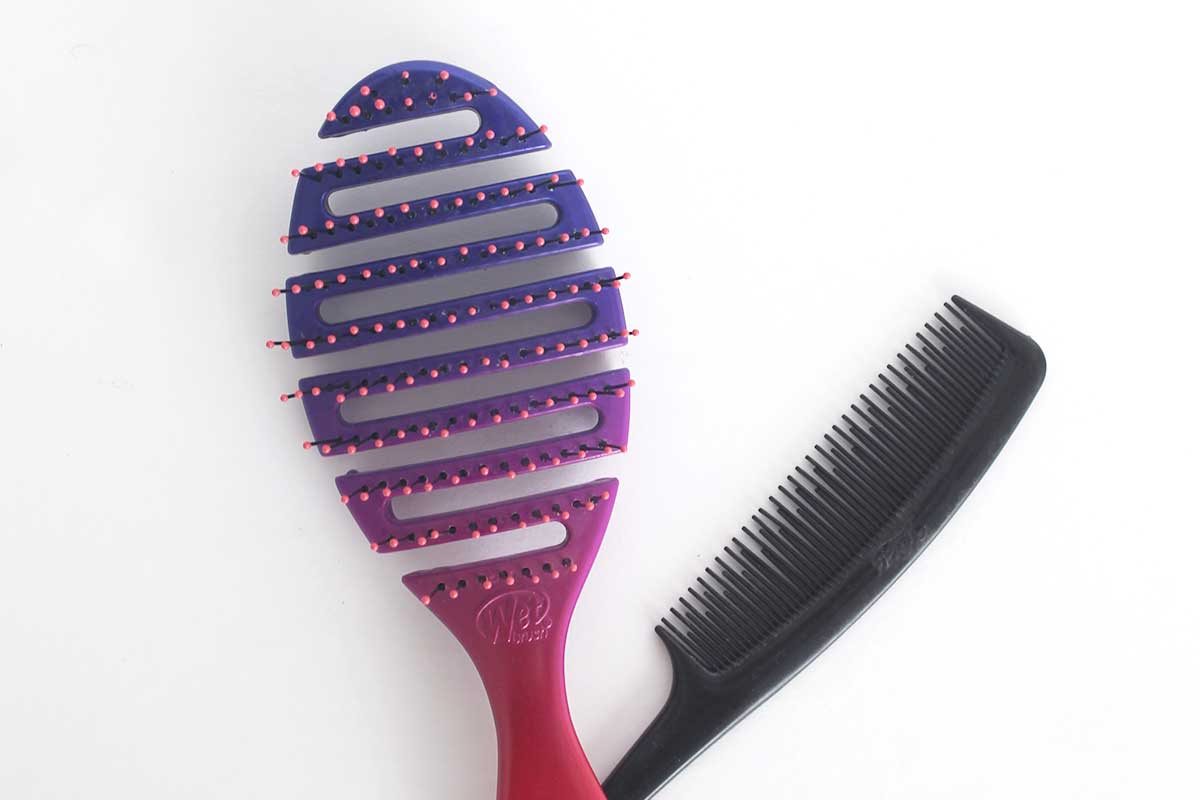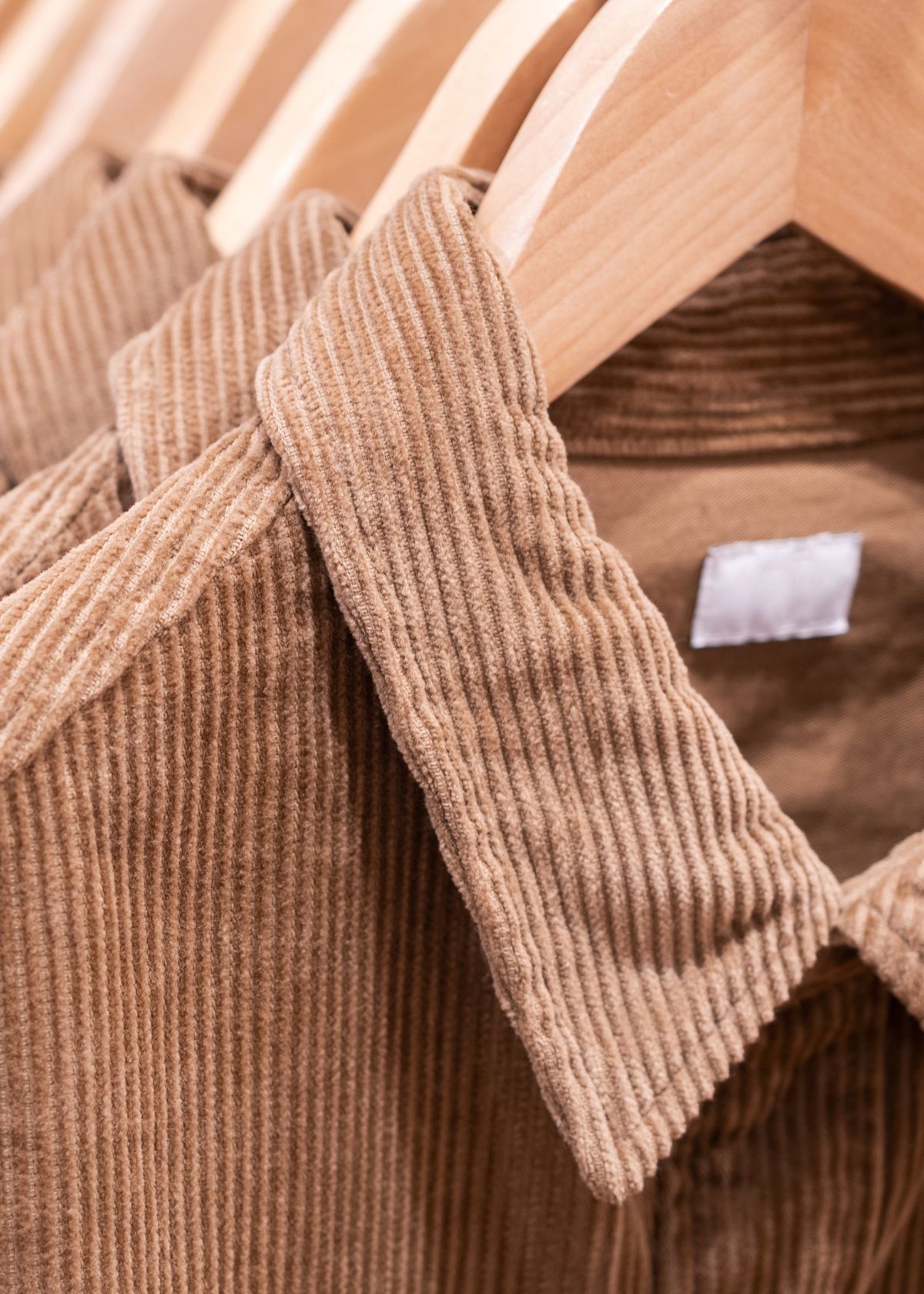How to Clean Ceiling Fans

When was the last time you cleaned your ceiling fans? Or even thought about how to clean your ceiling fans?
Maybe it’s worth taking a second to think about what accumulates on those blades—dust, grease, and other debris you likely don’t want rotating over your head. Before warm weather takes over and you start to turn your fans on, let’s get your fans into tip-top shape. In only five easy steps, you can clean your ceiling fans in no time.
Preparing To Clean Your Ceiling Fans
Whether or not you plan to use a long, extending tool to clean your ceiling fan or plan on using a ladder to get up-close, you’ll want to prepare your space. These three steps will set you up for success:
- Move all pieces of furniture directly beneath the ceiling fan to the edges of the room. If they’re small enough, you can also remove them from the room entirely.
- Cover all remaining furniture in a tarp or bedsheet. This will ensure that your furniture stays clean and clear of loose dust while you work on those ceiling fans.
- Grab something to cover your nose and mouth (handkerchief or thin scarf would work). You don’t want to be inhaling any of the dust, grease, and grime if you can avoid it.
And now that you’ve prepared your space, it’s time to clean your ceiling fans. There are two ways you can clean your ceiling fans, which will depend on how high your ceilings are. Let’s get started.
How to Clean Ceiling Fans You Can’t Reach
If a ladder isn’t accessible to you, or you have incredibly high ceilings, you can easily clean your ceiling fans with a tool to get the job done. There are two products that I recommend in this situation:
Estilo Microfiber Ceiling and Fan Duster – The soft, fluffy part of this tool slips over each blade and cleans both sides at the same time. You’ll be able to clean both the top and the bottom of the ceiling fan at the same time.
EverSprout 5-to-14 Foot Flexible Microfiber Ceiling & Fan Duster – This adjustable duster uses a microfiber fabric to gently remove dust and grime. It can also change positions to lie flat against the top of the ceiling fan, and you can select various different lengths depending on your ceiling height (14 feet, 20 feet or 26 feet).
How to Clean Ceiling Fans
If you can reach your ceiling fan blades safely with a ladder or step stool, there is a very simple way to get the job done. All you need is a pillowcase. This is how to clean your ceiling fan in five easy steps:
- Before turning off the fan, notice if it’s spinning clockwise or counter-clockwise. Switch the direction the fan spins to accommodate the season—clockwise warms a room, counter-clockwise cools it.
- Slip a pillowcase over the blade, then use the case to wipe the dust off the sides, top and bottom. All of the dust should stay inside the pillowcase, meaning the space below will stay a bit more clear. Press lightly so you don’t damage the blade.
- To clean the motor, wipe the pull chain and the motor housing with a clean cloth. You can also use a spray motor housing with compressed air to remove interior dust.
- For the light bulbs, wipe them with a dry microfiber cloth to remove dust.
- And lastly, the glass globe or shade. Remove these and wash in warm, soapy water. Rinse and dry completely before replacing.
Are the blades on your ceiling fan extremely dirty? Then you’ll want to take it a step further. Wipe down the blades with a damp cloth first to remove loose dust and dirt, then apply an all-purpose cleaner (or whatever cleaner is recommended by the fan manufacturer) to a sponge or cloth and wipe each blade.
How To Reduce Dust Buildup on Ceiling Fans
To reduce future dust buildup, you can either purchase a dust-repelling spray like Endust or make your own using one part liquid fabric softener to four parts water in a spray bottle. Spray the liquid on a microfiber cloth and wipe both sides of the blade.
But my best recommendation is to simply dust more frequently. Target once a month and you shouldn’t have to deal with aggressive dust build-up or resort to chemical, dust-preventing sprays.






